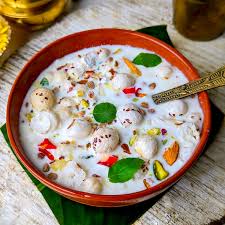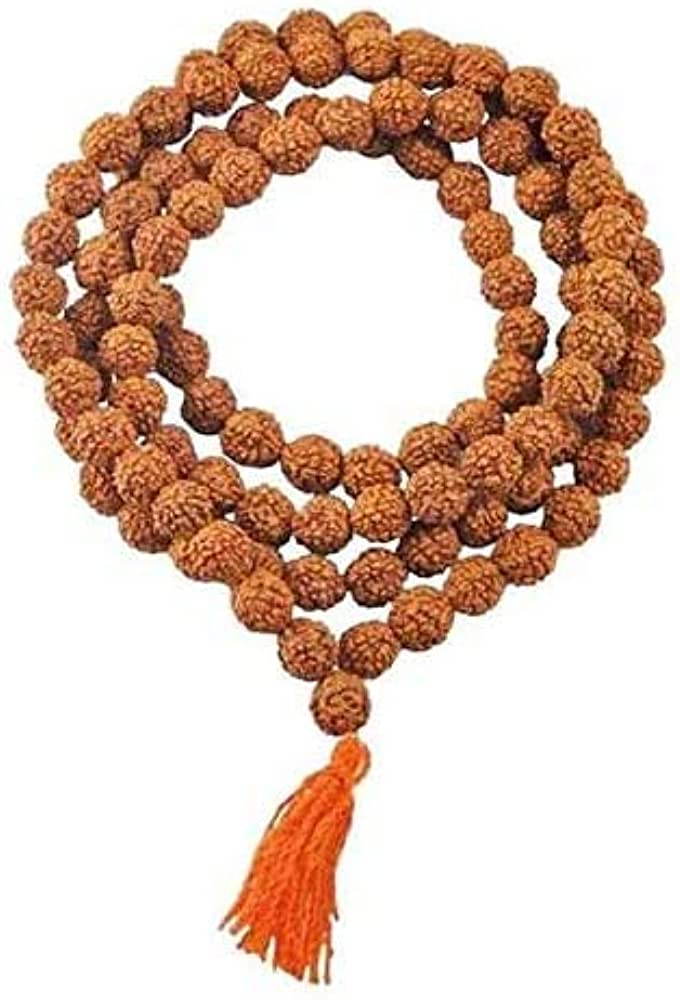Why Panchamrit?
Why Panchamrit?
After worshipping the deity, taking tirtha is considered an important task. When you go to a temple, the priest there gives tirtha to the devotees. While taking this tirtha, do Gokarna mudra of the hand. That is, bend the index finger near the thumb a little and place all three fingers one behind the other on its back. The devotee should take the tirtha of the God in the deep part of the palm and do not prasana without making any sound from the mouth. Take only one drop of Udak or Panchamrit taken as tirtha. Reason- tirtha should be transformed into saliva, not stool. Taking the second drop coats the inside of the mouth, esophagus and stomach but it does not mix with food.
There are also indications in the scriptures about how many times to take tirtha. Generally, take tirtha twice after worship at home. If there is no possibility of eating food that day, then take tirtha thrice. When going to the temple, take tirtha only once. The devotees who observe Ekadashi fast, keep fast on that day and end their fast by consuming Tirtha at sunrise the next day. If there is a Mahapuja like Naimittik Satyanarayan in the house, then Tirtha should not be consumed immediately after daily worship that day. After the completion of Mahapuja or Shraddha, consume Tirtha before having food. This can help in achieving Dev Gaurav and Pitra Gaurav. Keep the Tirtha of daily worship in a good Dwimukhi. This Tirtha can be consumed during the day whenever the need arises.
If someone's last moment is near, then put Tulsi leaves and Dev Tirtha in his mouth. If someone is seriously ill, then make him drink Tirtha as well. If any member of the family has backbited or has committed crimes like torturing others, scolding and backbiting, then first make him consume Tirtha. Later do proper penance. If there is Panchamrit Abhishek, then after touching the feet of the idol, keep the water in the house as Shudhodak Tirtha. Tirtha containing Panchamrit becomes contaminated by the evening. After consuming Panchamrit Tirtha, do not rub your hands on your head. Due to the presence of honey in Panchamrit Tirtha, it can have adverse effects on the hair. Before consuming the Tirtha of the deities in the house, keep some water in a conch and perform Aarti of the deity with the conch and recite the following mantra-
शंखमध्ये स्थितं तोयं भ्रमितं विष्णोधरि ।
अङ्कलग्नं मनुष्याणां महापापं व्यपोहति ।।
Then after sprinkling Shankhatirtha everywhere, while taking Devtirtha, recite this mantra -
अकाल मृत्यु हरणं सर्वव्याधि विनाशम् ।
अमुक तीर्थ जठरे धारयाम्यहम् ॥
In the first mantra, take the name of the deity in place of 'Vishnoh'. Use the indication of Shivatirth according to your tradition. In the second mantra, in place of 'so and so', Vishnupadodakam, Shivapadodakam, Ganeshpadodakam, Suryapadodakam or Devipadodakam should be pronounced.
It is very important to take tirtha during the puja. The tirtha to be consumed should be pure from the point of view of health. One should not consume tirtha of an idol that has not been worshipped for many days. Also, do not consume tirtha of the idol of a deity mixed with kumkum, sindoor, inferior type of ashtagandh, gulaal and abir etc. If tirtha is to be collected for Abhishek, then the plate of Abhishek should be at least one pradh away from the seat of the worshipper. Before the puja, count the distance of one pradh from yourself by saying Vishnu Devjanam Rakshaswa.
Apart from this, after Achman and Sankalp, throw the water of the plate to the other side and clean the plate. After cleaning the plate, start the puja immediately. At some places, a big plate is used for puja and a small plate is used for achamana-sankalp. This helps in maintaining purity and cleanliness of the puja. By putting Rudraksha in the holy water, it can be used as a remedy for heart diseases.


